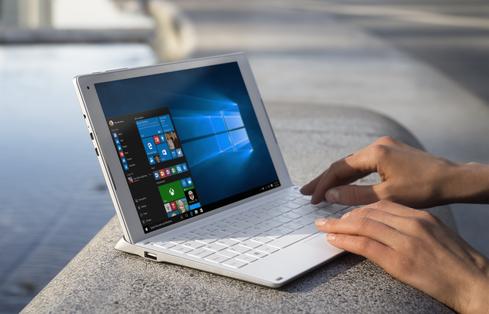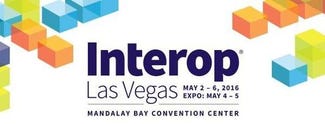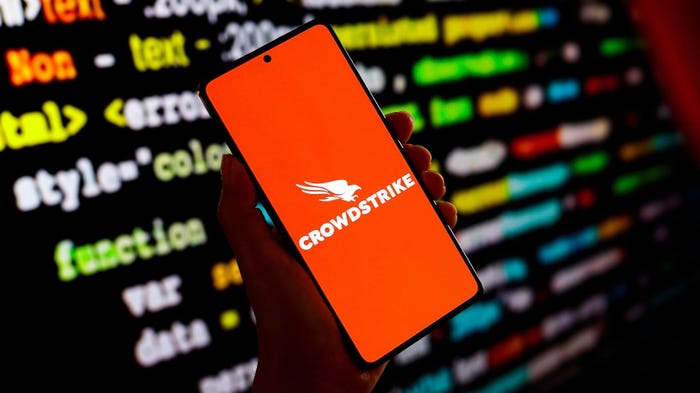HoloLens Shipments Start As Microsoft Courts Developers
As Microsoft kicked off its Build 2016 developers' conference, Redmond gave coders a new toy to play with, specifically HoloLens. Developer kits are now shipping as markets for AR and VR are gaining traction.


10 Windows 10 Hacks To Maximize Your Experience
10 Windows 10 Hacks To Maximize Your Experience (Click image for larger view and slideshow.)
Microsoft touted its HoloLens device at its Build 2016 developers conference this week in a move to entice third-party coders to sign up for its augmented reality efforts.
Redmond also timed the release of its HoloLens emulator and shipments of the HoloLens development kit with the start of the three-day conference, which began on Wednesday, March 30.
Microsoft is aiming to grab a piece of the augmented reality market, one that is expected to generate $120 billion in revenue by 2020, as DigiCapitalist estimated in a TechCrunch report.
As expected, it needs the help of third-party developers to create an ecosystem to make it happen. Microsoft announced at Build 2016 that it was releasing its Galaxy Explorer Project app for HoloLens on the open source site GitHub.
This move is designed to help developers create HoloLens apps.

Create a culture where technology advances truly empower your business. Attend the Leadership Track at Interop Las Vegas, May 2-6. Register now!
During Build 2016, Microsoft HoloLens creator Alex Kipman touted the capabilities of HoloLens. The device is the only pair of augmented reality goggles that is untethered from a smartphone or other device, because it has computing power within the headset.
HoloLens uses spatial sound, voice support, gaze tracking, and gesture inputs to sense its environment, in ways similar to those of humans. It gathers information with the help of a number of sensors, such as mixed reality capture sensors, an ambient light sensor, four cameras, and four microphones.
HoloLens also runs on an x86 chip and custom-built Microsoft Holographic Processing Unit, with 64GB Flash and 2GM RAM memory. A number of these features are similar to the HoloLens version that was presented last month, and may overlap the features that were demonstrated at Build 2015.
Although developers can now get their hands on a HoloLens if they pay $3,000, or can use the free HoloLens emulator when it's loaded onto their computer, consumers will have to wait a while.
Microsoft's CEO Satya Nadella said in a BBC interview that commercial uses for the device are likely to first emerge, then evolve to consumers. He characterized it as a "five-year process."

About the Author(s)
You May Also Like






